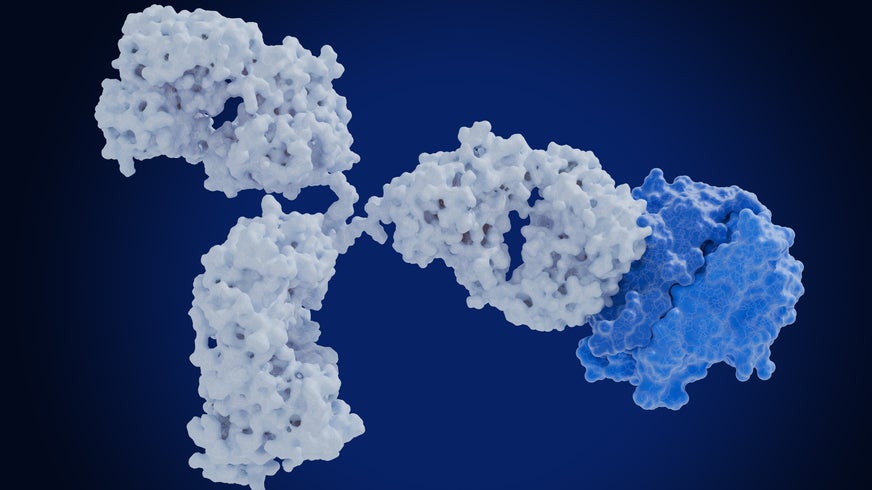
Director, Market Access Strategy, Amplity
No image found.

This article was written for and published in Life Science Leader magazine. Visit lifescienceleader.com to view the original article.
When Humira, the best-selling product in the world, lost its patent exclusivity in 2023 and eight biosimilar competitors came to market, only Cyltezo, an adalimumab biosimilar developed by Boehringer Ingelheim, successfully attained interchangeability designation (Pfizer’s Abrilada became the second interchangeable Humira biosimilar in October). Despite the FDA’s continued assurance that interchangeability does not indicate a superior product, payers seem to have acknowledged and accepted biosimilar interchangeability as a relevant differentiator for formulary inclusion and placement. Cyltezo, for example, is included as one of two to three biosimilars on formulary, at parity with Humira, at some of the country’s largest PBMs, including Prime, Express Scripts, and Optum. While CVS Caremark, the largest PBM in the United States, has yet to publicize its 2024 adalimumab formulary decisions, the company made a recent announcement of a new subsidiary, Cordavis, which will commercialize and co-produce private label biosimilar products. Cordavis’ first venture will be in partnership with Sandoz for their adalimumab biosimilar; though Hyrimoz is not interchangeable with the originator.
The impact of interchangeability has been significant despite the practical relevance to a minority of current Humira utilizers. Only 20% of patients currently utilizing Humira are on the low concentration formulation, and Cyltezo is only interchangeable with the low concentration version of the originator. The intention of the designation is meant to differentiate management by the dispensing pharmacist, allowing for substitution without prescriber engagement, unless otherwise required by state law. Biosimilars for the high concentration formulation of Humira are expected to attain interchangeability, within the next year. Considering the reaction of the payer, prescriber, and pharmacist stakeholders thus far, an even more consequential disruption to the competitive landscape should be anticipated at that time.
On September 18, 2023, the Food and Drug Administration (FDA) published “Labeling for Biosimilar and Interchangeable Biosimilar Products” draft guidance in the Federal Register for comment. The new draft guidance omits interchangeability on the drug label, explaining it “is not likely to be useful to prescribers, who can prescribe both biosimilar and interchangeable biosimilar products in place of the reference product with equal confidence that they are as safe and effective as their reference products.” The guidance also recommends that interchangeable products should contain the same biosimilarity statement in the “Highlights of the Prescribing Information” section of the product’s labeling that is contained in the labeling for biosimilars without the designation. However, it does not provide biosimilar manufacturers with instructions regarding how to communicate biosimilar interchangeability for products that qualify for such designation.
As the FDA works to minimize the significance of interchangeability to stakeholders in advance of dispensing medication, the future implications of the designation and the incentive for manufacturers to fund the additional clinical trials required to pursue it will continue to evolve.